The EC2 instance/live web can connect just fine to the RDS database. But when I want to debug the code in my local machine, I can't connect to the database and got this error:
OperationalError: (2003, "Can't connect to MySQL server on 'aa9jliuygesv4w.c03i1 ck3o0us.us-east-1.rds.amazonaws.com' (10060)")
I've added .pem and .ppk keys to .ssh and I already configure EB CLI. I don't know what should I do anymore.
FYI: The app is in Django




